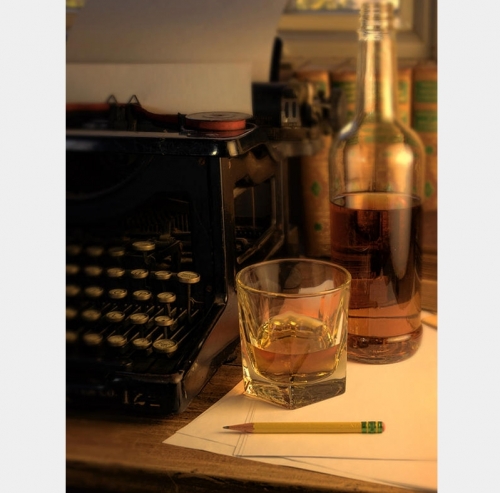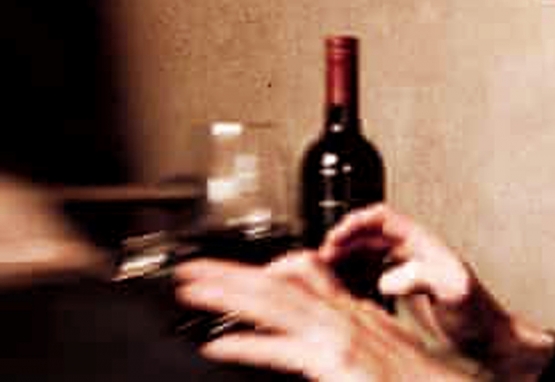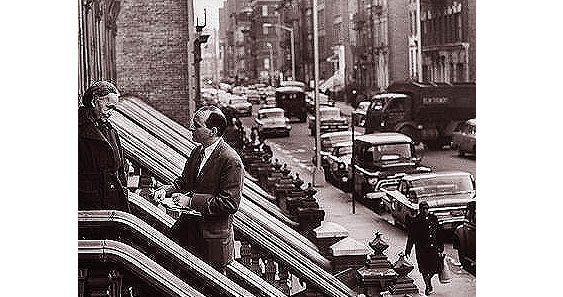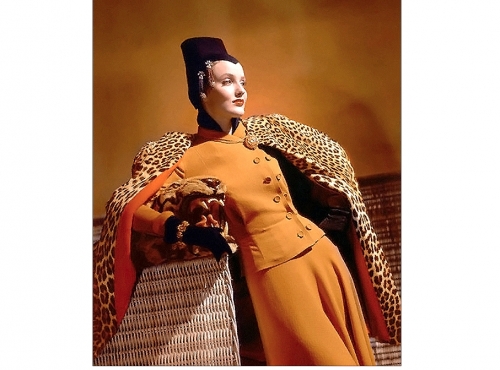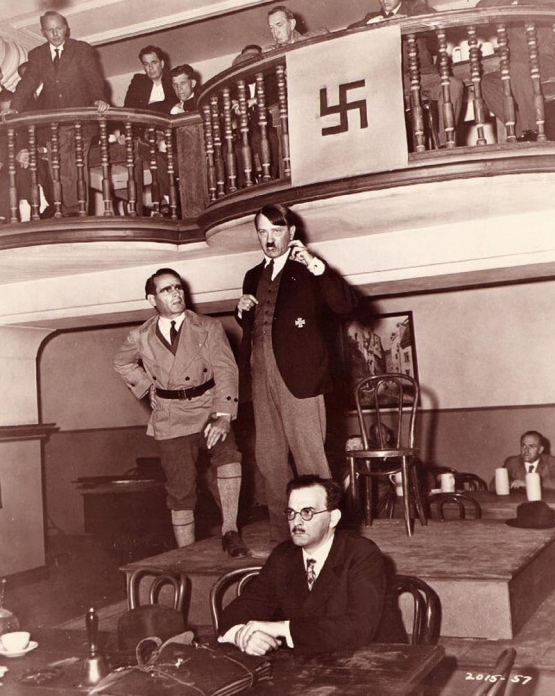Statistics on American Religions (America Weekly, 1945)
In this study concerning the religions of the United States during the mid-to-late period of the Second World War, it was revealed that there were a total of 256 religious bodies in the country; of this 13 reported a membership numbering in excess of one million followers. All-in, there were 72,492,669 who were members of one faith or another:
Catholics:…………………………….. 23,419,791
Methodists:…………………………. 8,046,129
Baptists:………………………………. 5,667,926
All the Protestant denominations added up to 41,943,104. The Jewish congregations clocked-in at 4,641,184.






